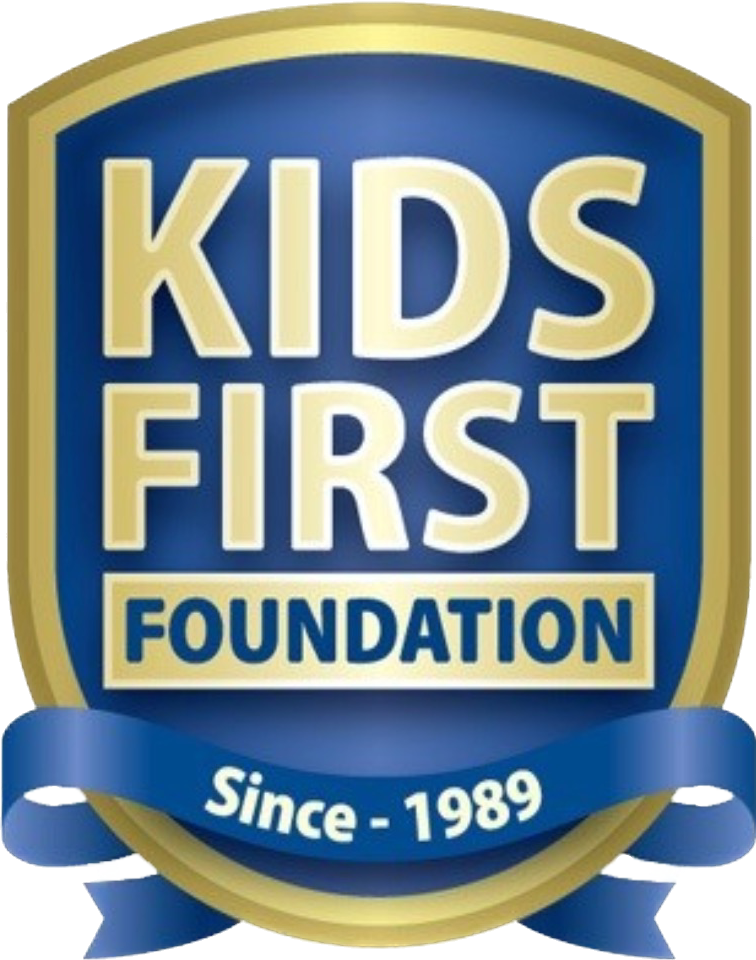Successful Non-Aversive Autism Treatment Strategies
One of the more prevalent debates in the history of autism has been whether to use aversive or non aversive treatment methods.
Which method has more effective and longer lasting results?
A non-aversive positive reward based approach.
Researchers have overwhelmingly proven that it's a more effective way to behavioral change. Popular non-aversive approaches emphasize:
Positive behavior strategies
Extinction contingencies as a consequence to a behavior
Alteration of the intensity, duration, or magnitude of a behavior contingent upon the removal or presentation of an antecedent stimulus
Source: Encyclopedia of Autism Spectrum Disorders
Some of the top non-aversive techniques in autism treatment include the following:
Adapting the Environment
Changing an autistic individual’s environment to reduce behavioral episodes can be an effective method for reducing stress.
Removing stimuli such as persons, locations, or situations that are observed to create tension, anxiety, and frustration can have a soothing effect.
Positive Behavior Supports
By developing individualized positive behavior support plans, a caregiver builds pride in accomplishments and instills a sense of responsibility in those on the spectrum.
This can help reduce the anxiety that often leads to aggressive behaviors. Some helpful strategies for yielding these type of behavioral supports include:
listening & respecting
positive feedback
validation of emotions
Teach Replacement Skills
The goal here is to replace potentially inappropriate behaviors with more adaptive skills, focused on communication, social skills, and self-regulation.
These skills can be established in several ways, such as:
Developing functional communication skills
Using social stories to build social awareness and skills.
Creating an activity schedule to reduce anxiety and promote independence.

